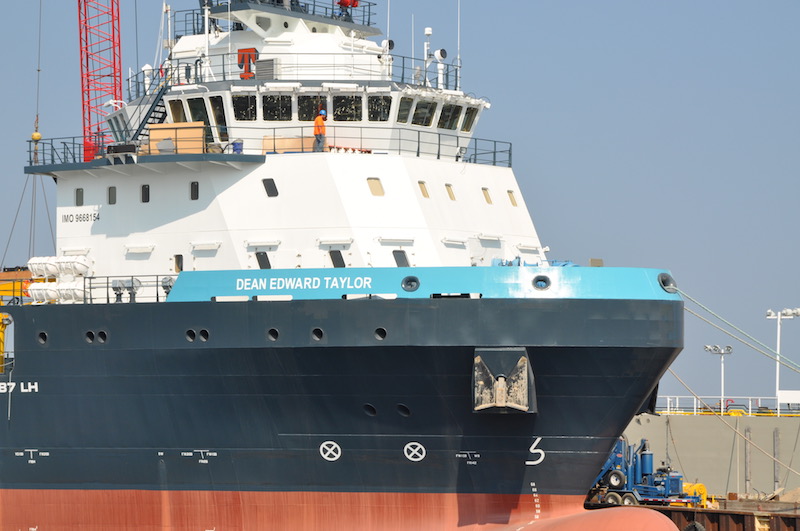Yesterday, Tidewater and Gulfmark Offshore announced an agreement to combine the two companies that would create the world’s largest offshore service vessel operator. The move marks a significant event in the offshore industry’s recovery. It is an important ingredient for speeding up the pace of the recovery.
The natural course of industry recoveries involves an initial uptick in activity — restarting work on projects delayed in response to weak oil and gas prices. As customers begin lining up equipment to drill and support their offshore efforts, available vessels go to work, and day rates start inching up. With more cash in hand, offshore equipment owners begin reactivating previously stacked rigs and vessels to meet anticipated future demand. This equipment will command day rates higher than the first wave of contracted equipment due to the additional capital necessary to reactive them. The cycle turns and the recovery gains strength.
Traditionally, every successful industry recovery has involved rationalization of the market oversupply of drilling rigs and support vessels, often a contributing factor to the prior downturn. Fleet rationalizations are much easier to accomplish when owners are combined. The new owner has less emotional attachment to the acquired equipment. This is the hidden message of the Tidewater-Gulfmark announcement.
In the investor conference call to provide more details about the transaction, there were statements about the value of the fleets. In response to a question, management commented in greater detail about how the fleets matched up and how it provides an opportunity to relocate idle Gulfmark vessels in the Gulf of Mexico to other markets where Tidewater has a stronger presence.
Tidewater has a bigger global footprint than Gulfmark. This means that Tidewater has shore base facilities and management, and stronger customer relations, in more places around the world. This geographic spread is important for improving profitability, as well has helping to increase the recovery’s pace. Idle vessels always hold down day rates in a market. Once the idled vessels depart, customers see how much tighter the market is compared to when the vessels were present.
Perhaps the most significant detail from the transaction announcement was its anticipated closing timetable. A July announcement is expected to lead to a fourth-quarter closing, which is less than six months away. This signals that idled Gulf of Mexico vessels could be on the move to other markets by early 2019.
Oil companies are beginning to plan their 2019 activity, so they likely see fewer vessels available next year. Fewer vessels means OSV owners have more pricing power to push for higher day rates. Fear of higher rates may push customers to begin negotiating future vessel contracts before day rates strengthen. Another critical piece for the OSV recovery puzzle just fell into place.





